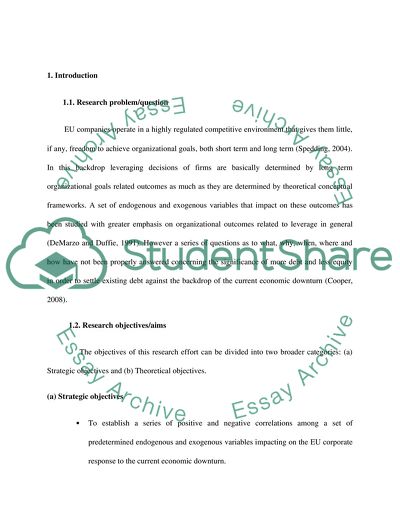Cite this document
(EU Corporate Response to the Current Economic Downturn Research Paper, n.d.)
EU Corporate Response to the Current Economic Downturn Research Paper. https://studentshare.org/macro-microeconomics/1554690-dissertation-proposal
EU Corporate Response to the Current Economic Downturn Research Paper. https://studentshare.org/macro-microeconomics/1554690-dissertation-proposal
(EU Corporate Response to the Current Economic Downturn Research Paper)
EU Corporate Response to the Current Economic Downturn Research Paper. https://studentshare.org/macro-microeconomics/1554690-dissertation-proposal.
EU Corporate Response to the Current Economic Downturn Research Paper. https://studentshare.org/macro-microeconomics/1554690-dissertation-proposal.
“EU Corporate Response to the Current Economic Downturn Research Paper”. https://studentshare.org/macro-microeconomics/1554690-dissertation-proposal.


